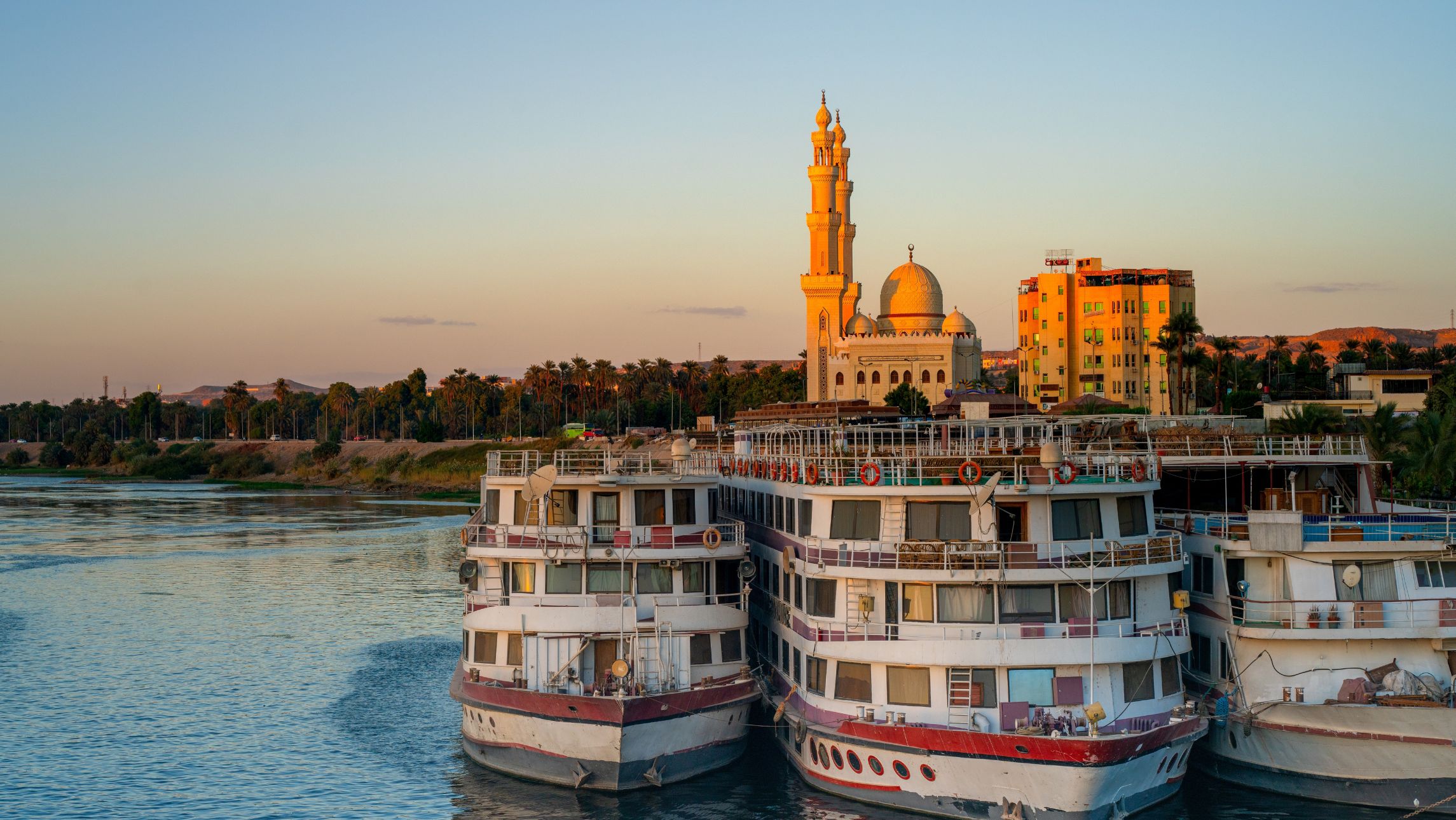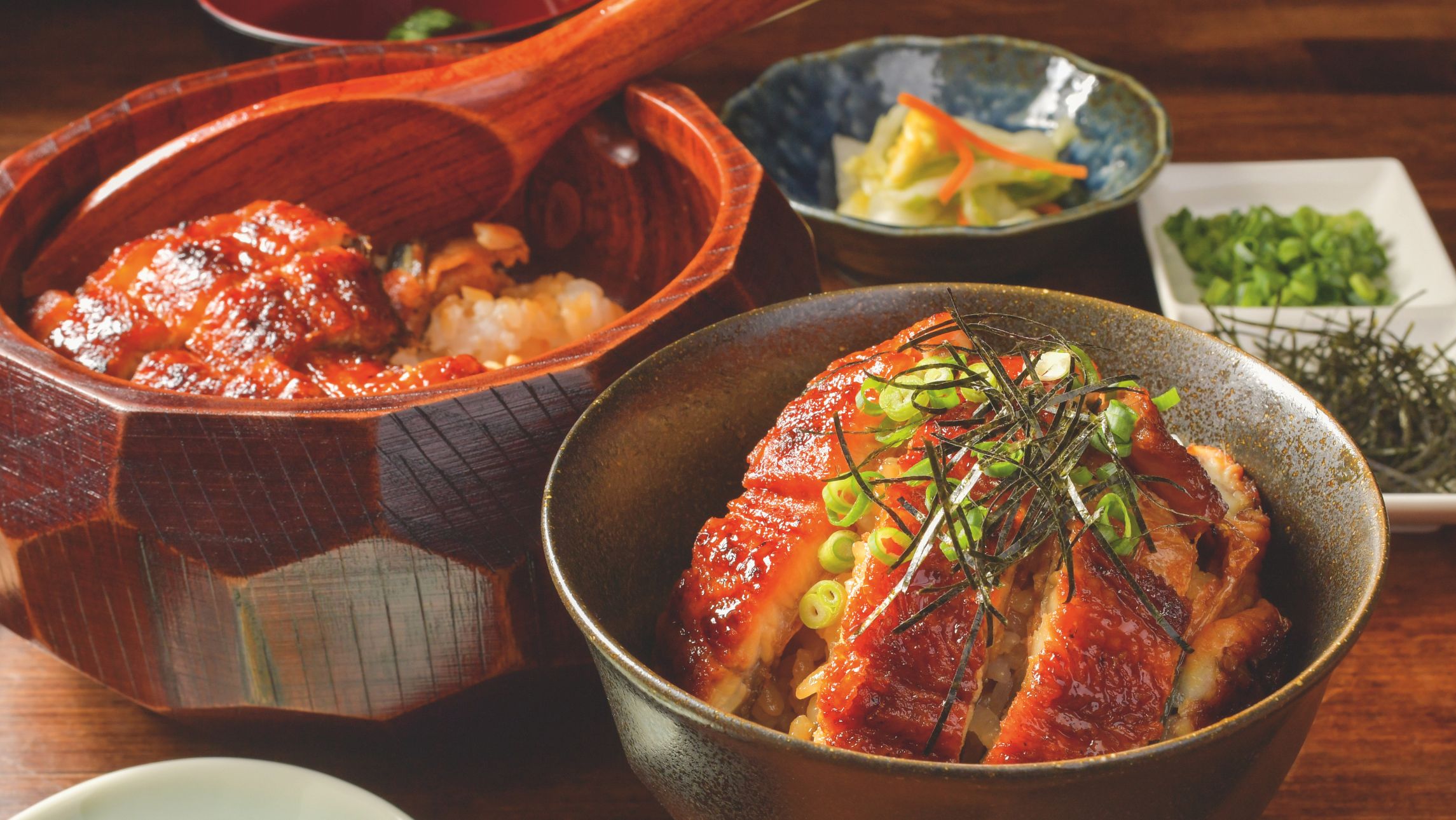Cruise Passenger correspondent Brian Johnston takes a cruise on America’s Snake River in the Pacific Northwest.
I’ve only just boarded American Empress and am tucking into a steak dinner when the paddlewheel starts turning and we’re off. Already, the landscapes are gape-worthy: arid gorges on both sides of the Snake River turn molten gold in the late sun. I’m surprised at this almost-desert scenery in America’s Pacific Northwest, though it isn’t unwelcome. The riverbanks are a hot, rugged contrast to misty pine forests and waterfalls further west.
Next day, an optional shore excursion has me spinning through Hell’s Canyon on a jet boat: flashing red cliffs sashed with orange, birds of prey adrift in the tilting sky above.
The starting point for my Scenic cruise is Clarkston in southeast Washington State, twinned with Lewiston across the river in Idaho. The towns are named for William Clark and Meriwether Lewis, who in 1804-06 became the first Americans to cross the continent, opening up the region and establishing a nation from sea to shining sea. Over the next days, I enjoy learning the epic story from onboard lectures and interpretive centres at ports along the river.
Appropriately, the river ship American Empress, operated by the American Queen Steamboat Company, is a paddle-wheeler. It isn’t steam driven any more, but it does provide me with an adventurous feeling of the grand paddlewheelers of yesteryear. It has a mesmerising, ever-turning, bright-red paddlewheel and white rocking chairs on its deck where I pass many an hour with a beer and passing scenery.
The ship’s Victorian-inspired decor features wonderful old photos of pioneer days and artefacts of river travel. Each artwork is identified by number, and a booklet in my cabin provides information for an art tour with a difference.
Next day, we’re sliding down the Snake River between basalt cliffs and ancient volcanic landscapes. At Richland, we tie up on waterfront parkland, and I borrow a ship’s bicycle and pedal past water-view condos and weeping willows. Other passengers take to kayaks for a paddle, scrutinised by herons.
Later, I head to Sacajawea State Park at the confluence of the Snake and Columbia rivers, where an interpretive centre gives an excellent account of the journey of Lewis and Clark, whose footsteps we’re following.
We’re now on the Columbia, no longer the “boiling and whirling” river that Lewis described. It’s tamed by dams such as Bonneville, which we’ll visit downstream with much excitement at seeing salmon leaping. The placid waters still provide amazing scenery, however. We pass through rich farmland that buckles into pine-covered hillsides, then great cliffs and, in the distance, the snow-capped cone of Mount Hood volcano.
I spend most of my time on my balcony, which has comfortable seating and a view of the passing riverbanks. My cabin itself is pleasant and in keeping with the historical look, but this doesn’t extend to the en-suite bathroom, which is of the plastic moulded variety and quite cramped, though with an excellent shower. Twice-daily room service keeps everything tidy, but I’m not indoors much. Who would want to miss the scenery?
At Stevenson, gorges funnel wind to the benefit of kite-surfers, their sails bright spots against a blue background. It’s a joy to sit on the deck outside The Grill for a breakfast of toasted muffins and omelette watching kite-surfers soar.
In the evenings, The Grill becomes an inclusive, reservation-only venue providing ribs, steaks and huge lobster tails. Otherwise, I head to the main Astoria restaurant. (I feel we ought to be wearing frock coats and crinolines, but the dress code is informal: no shorts or T-shirts, but country-club casual suffices.) Large windows flaunt passing scenery, poetry in motion in shades of green and blue. The service is cheerful, efficient and occasionally chatty, which I find rather nice. The all-American crew throughout the ship are pleasantly talkative.
The restaurant provides a four-course meal of good, mainstream dining, often starting with a soup and continuing with a salad, always very fresh. There’s a choice of three mains, including plenty of seafood and fish. I save room for enticingly American desserts: cherry cobbler, apple pie, hummingbird cake. Table wines and beer are complimentary, but outside meal times it’s a pay-a-you-go system. I often have a post-dinner nightcap in the old-time theatre while watching shows, some of which – a magician, a “cowboy” singer – are among the best I’ve ever enjoyed on a river cruise.
Off the ship, the enjoyment is all in the river ports. The Dalles was established at the end of the Oregon Trail that funnelled 19th-century settlers westwards, and the town centre is packed with historic buildings and murals recalling the heady days of trade, breweries and brothels. One of our shore-excursion stops is a discovery centre featuring rehabilitated raptors, with a remarkable up-close look at yellow-eyed owls and injured hawks. Later, we stop by an old mill converted into a winery for a wine tasting.
Astoria, founded in 1811, is our final and my favourite port of call. It’s a fine town of shingle mansions on the hillside, pretty with gardens, and has some interesting shops. A four-mile riverside promenade provides views over a Columbia now impressively wide, and a riverside brewery is just the place to relax and gaze at the water.
The river journey finishes in Portland, though Scenic will take us on by land to Crater Lake – Oregon’s striking national park – and to San Francisco. Portland is one of American’s most pleasant cities, tree-lined, full of hipster eateries and bars, and a fitting finale to a rollicking river journey through the wild northwest.








